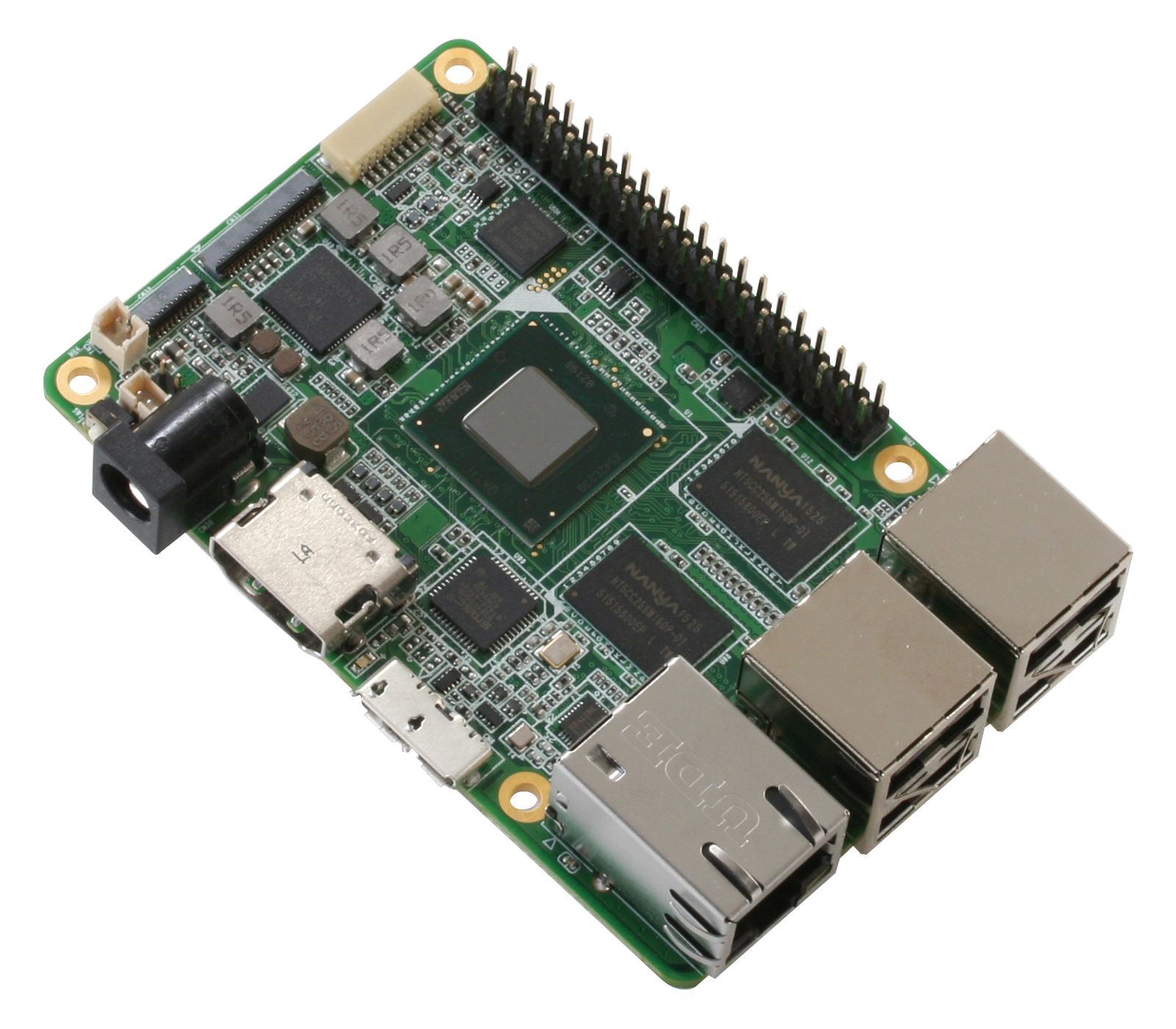I don't think you can just make any port a serial one.I want to make one port of my home router to be a serial one,
2 Prolific PL2303cables<USB to serial adapters> and a null modem <cable> in between.


Does common x86_64 PC support it?Yes, with hardware that supports that.
Common -- no. Check your motherboard / system manual for any mention of 'OTG' or 'device mode' to see if you have something uncommon.Does common x86_64 PC support it?

 up-board.org
up-board.org
